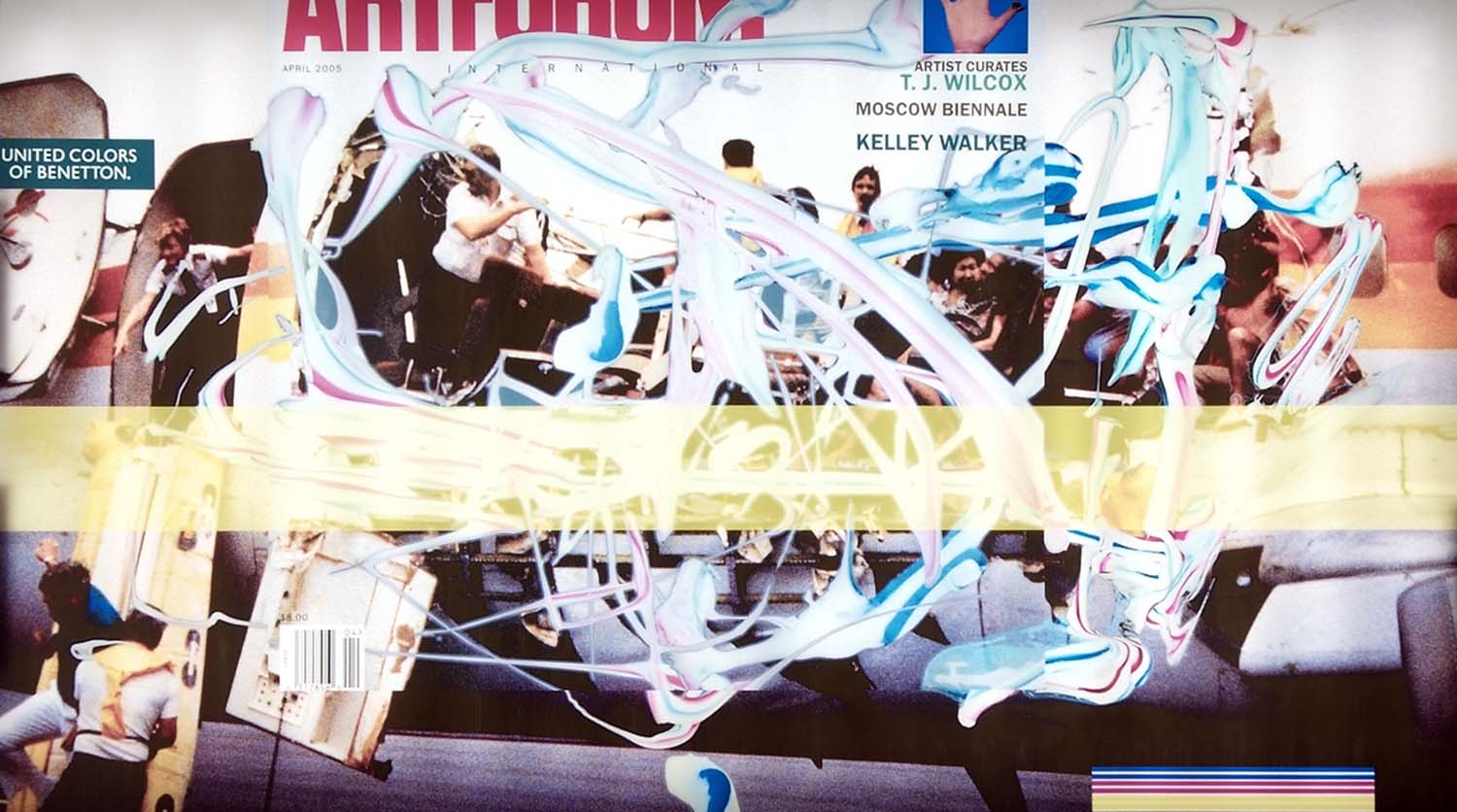What is so striking in Zheng Guogu’s latest exhibition at Tang Contemporary Art is the sense of the metaphysical. As the exhibition title — “Images of Magnetic Resonance” — suggests, every work reflects on magnetic field theory.
The artist invited his nephew, who has ability to see “things” (or in scientific terms, magnetic fields), to observe images of twelve Bodhisattvas and to describe the configuration of nerve cords he saw; he then diagrammed the nerve cords on twelve U-shaped images. Unexpectedly, the Bodhisattva Manjusri has the most harmonious image.
In addition, a rather mysterious performance was hosted during the opening night: while hidden in a small room, the nephew described to the artist visions of magnetic fields that he had while walking in the gallery space earlier that day. Zheng then, through a walkie-talkie, instructed four art students standing in another gallery to draw the visions: a blue pond with fish jumping out, Sakyamuni with seven colored lines in the background, etc. One might wonder about the actual truth of the final images, after the original ones were distorted by two indirect transmissions. That said, by adding such playful and ambiguous elements, the artist further blurs the lines between metaphysics and science.
The main exhibition hall hosted a gigantic installation work entitled Spiritual Tour of a Pure Garden (2014). The gray and white stone seats are shaped after Chinese sentences and words that have been excerpted from the headlines of Hong Kong gossip magazines. Despite the notable influence of Hong Kong culture on the practice of Zheng Guogu and his peers from the Guang Dong province, I had the feeling that these installations are slightly redundant in the context of the exhibition.


